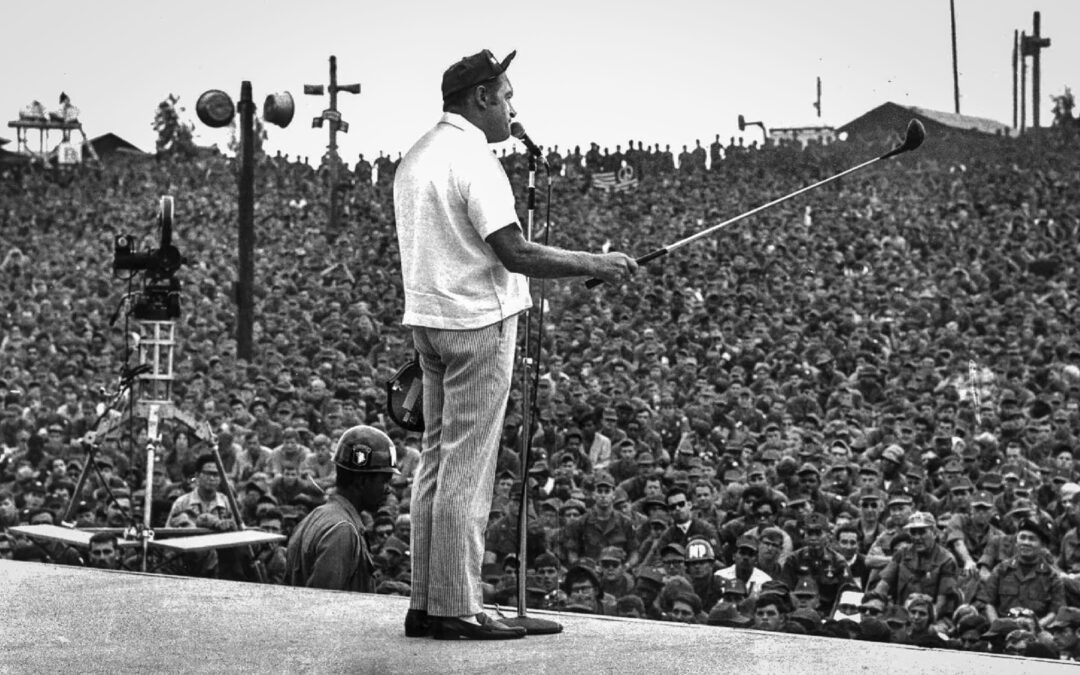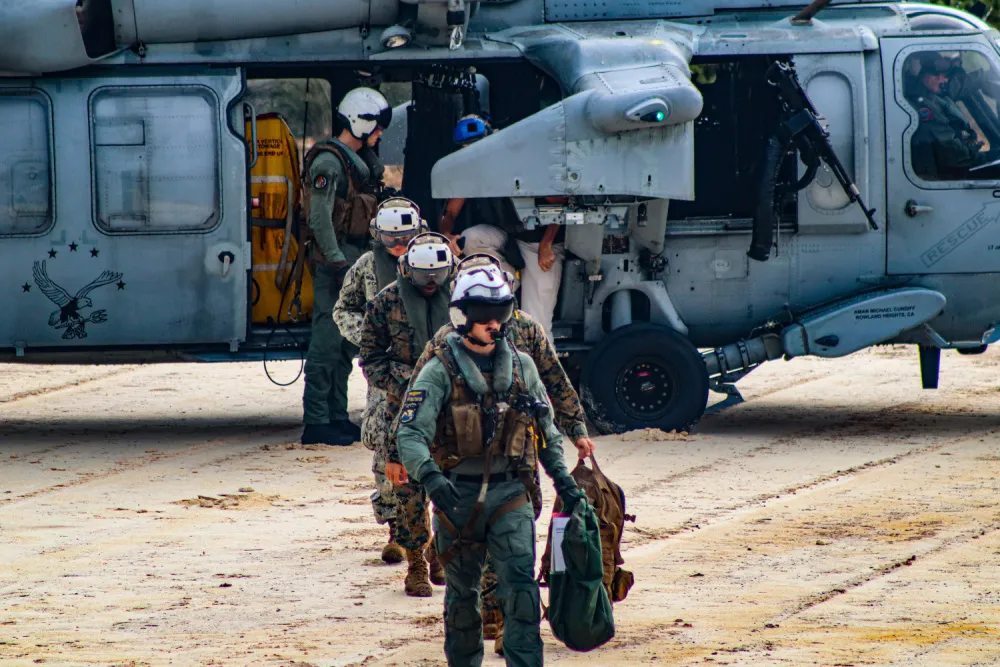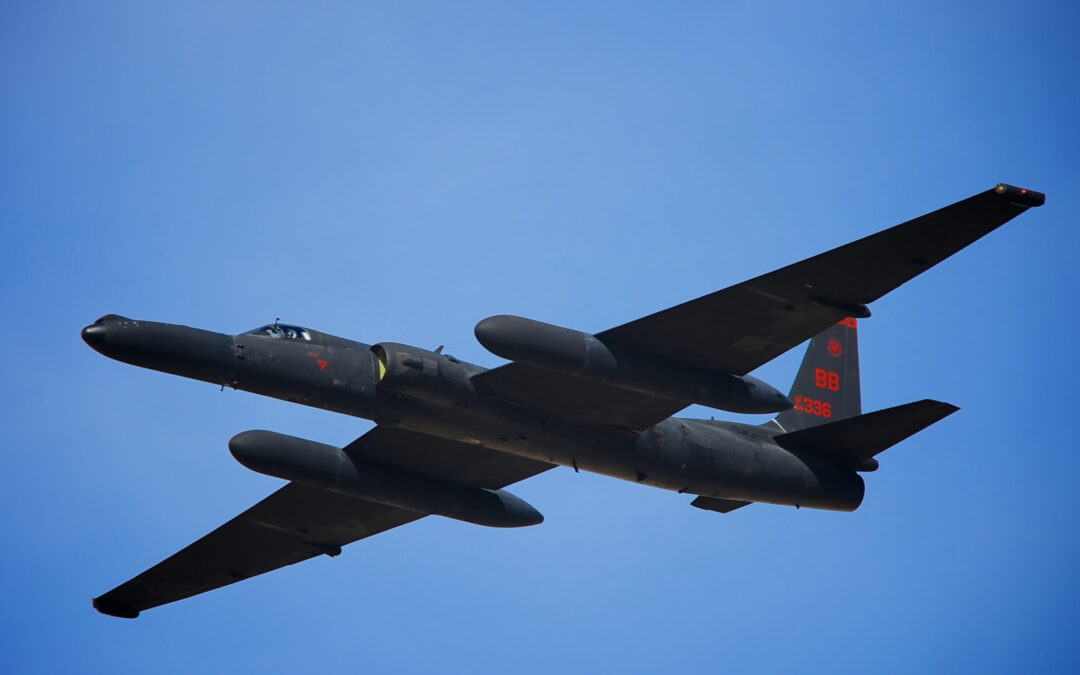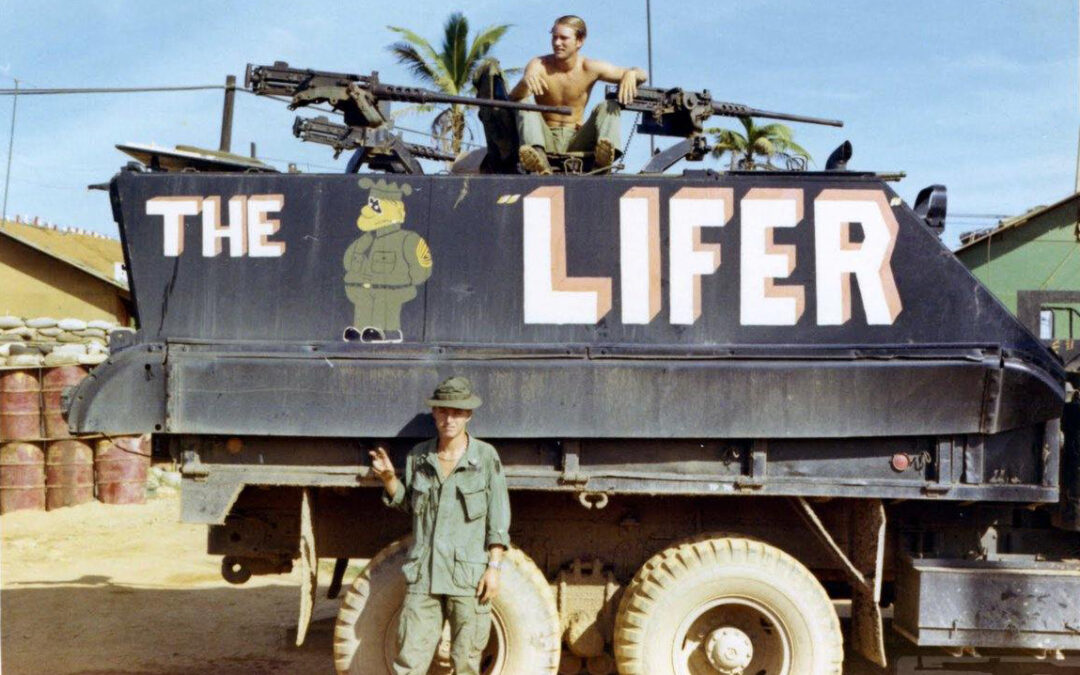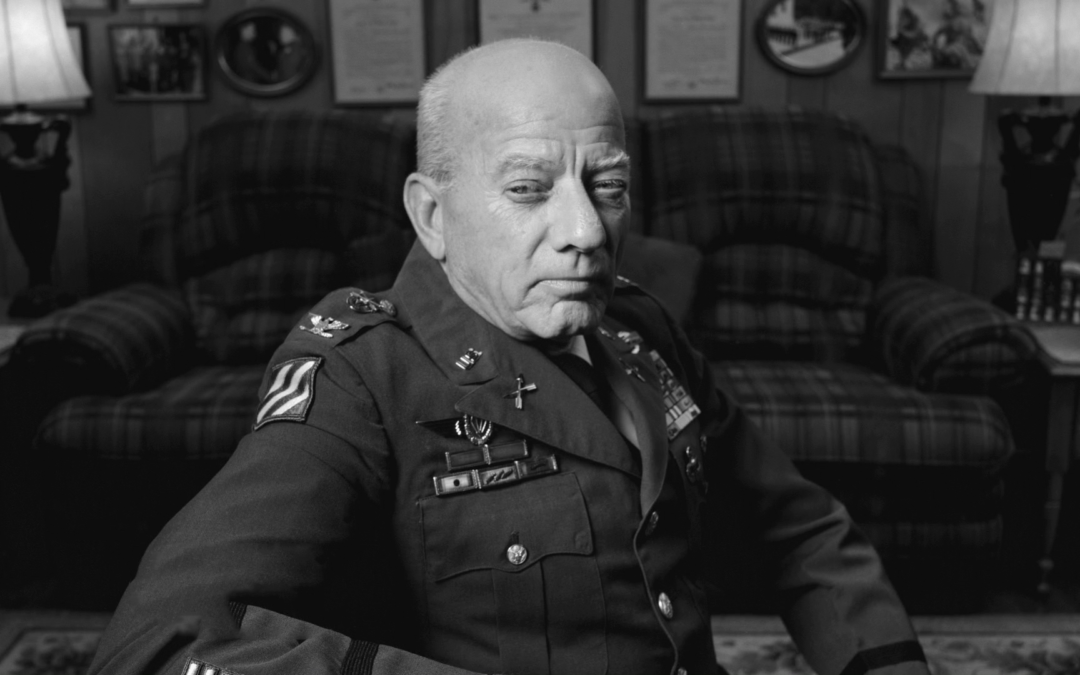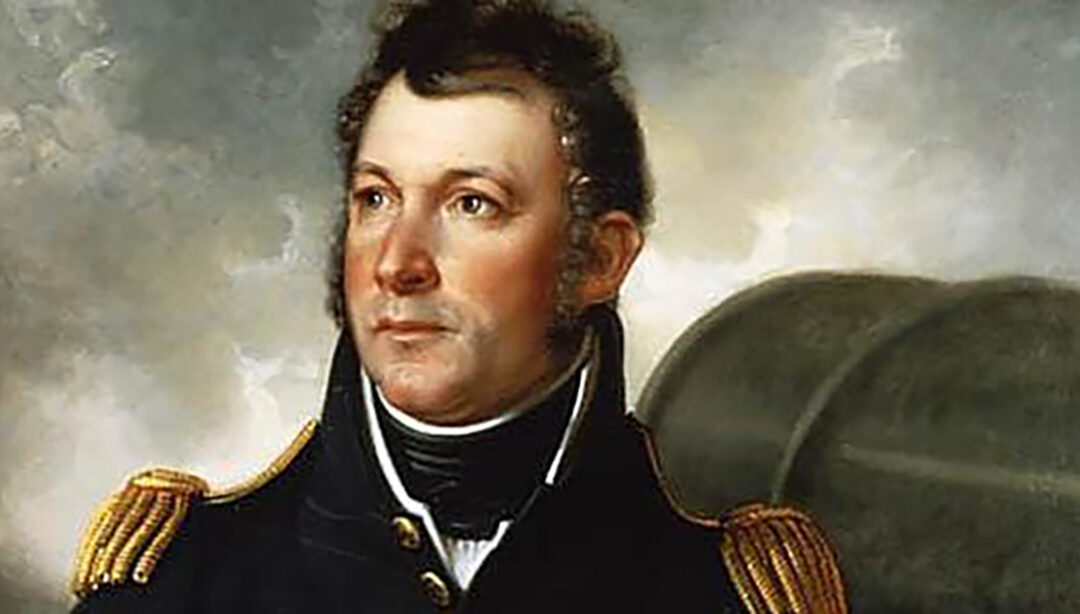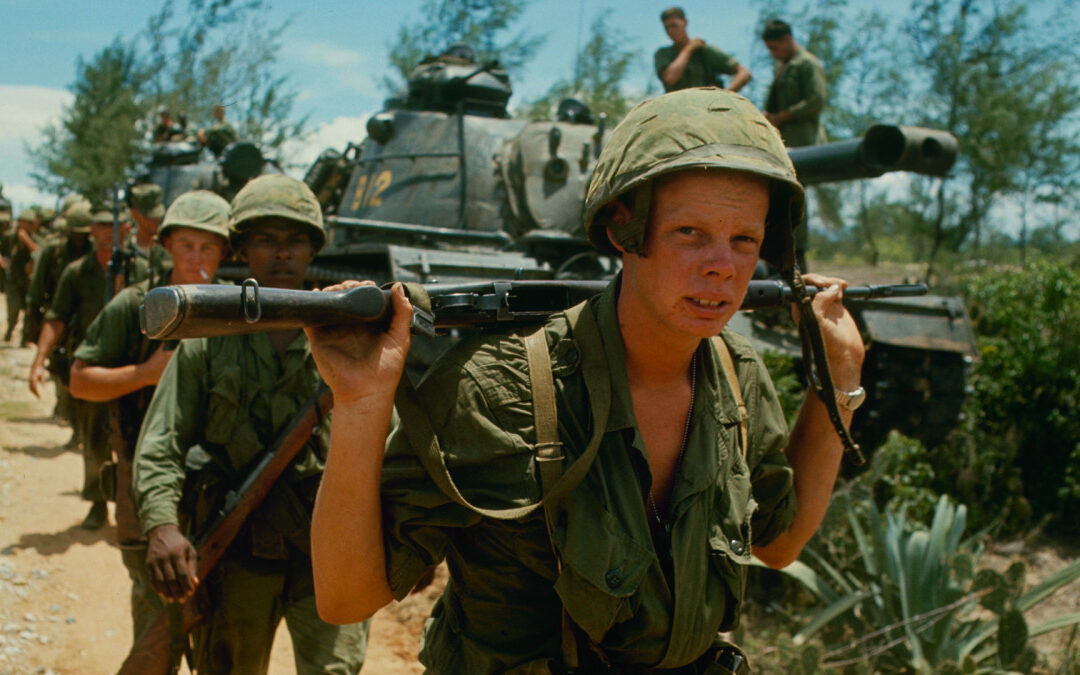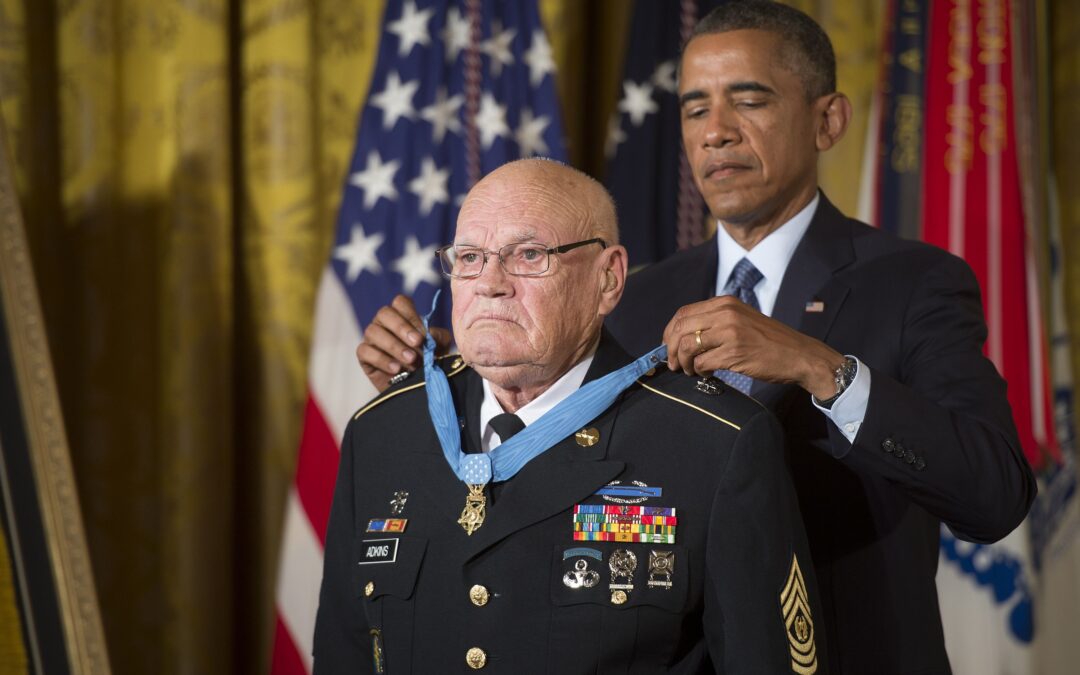Anyone who is even vaguely familiar with the USO knows a little about the history of Bob Hope’ USO shows. Since 1941, the United Service Organizations has provided support to the service members of the United States military. At all stages of a service member’s active duty and even beyond, USO volunteers are ready to provide support. At enlistmentOn deploymentWith their familiesAway from homeWhen injured in serviceReturning to civilian life The History of Bob Hope USO Shows Bob Hope’s USO shows were a staple for many decades, entertaining generations of military personnel in the United States Armed Forces. Driving Force Behind the USO Tours Though he wore many hats as an entertainer, starting out as a dancer, film actor, and radio comedian, Bob Hope is perhaps best remembered as the driving force behind the USO tours that featured the United States’ greatest entertainers traveling to show their support for the troops and lift the spirits of those fighting on the front lines. This...
